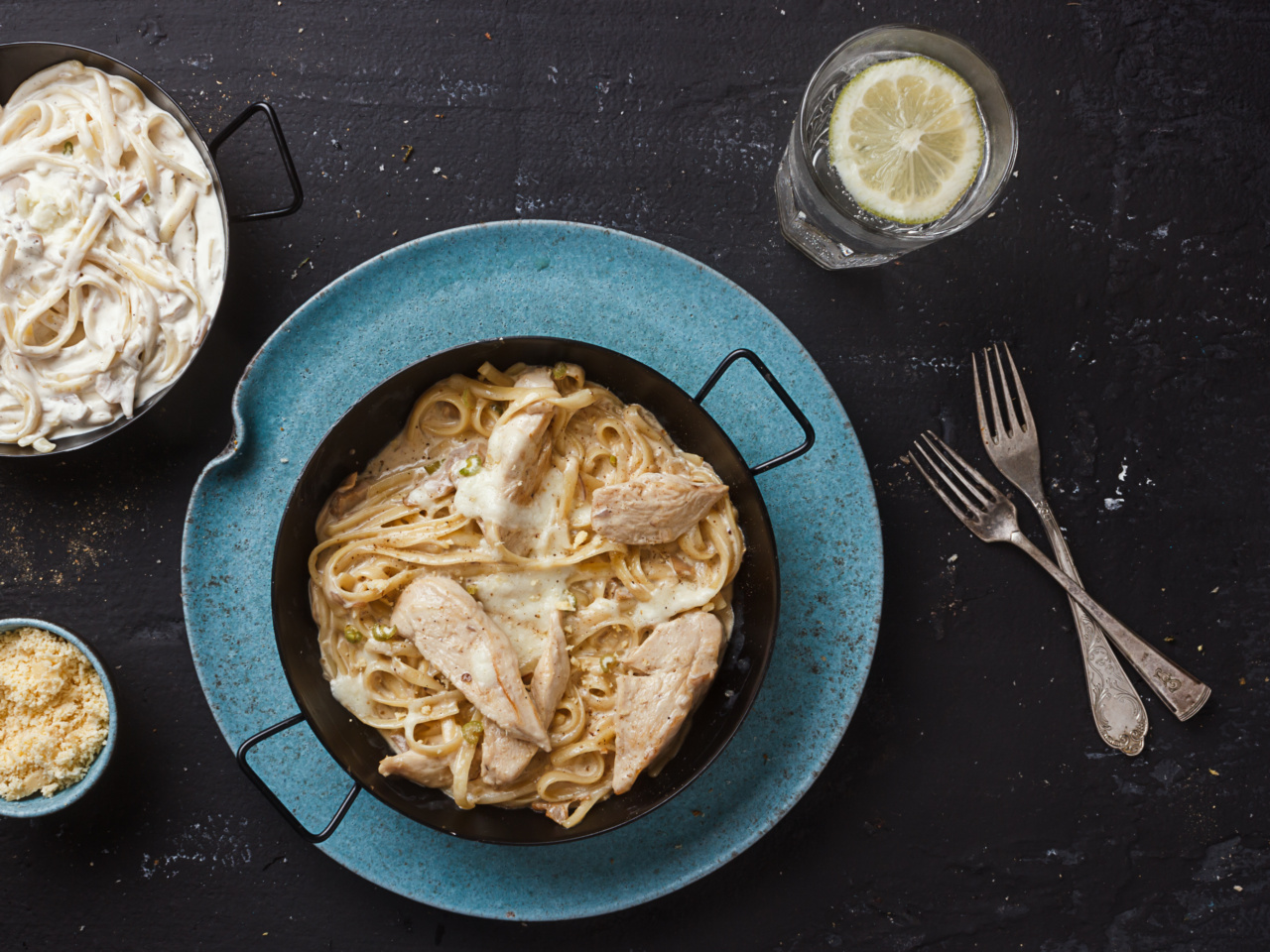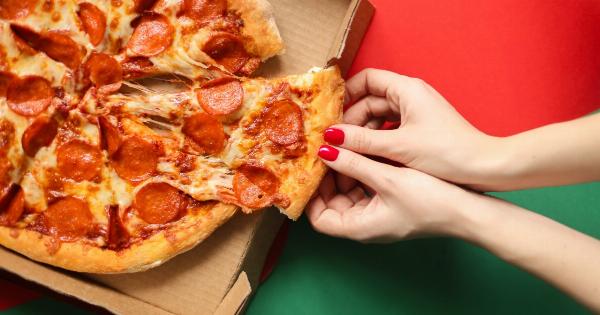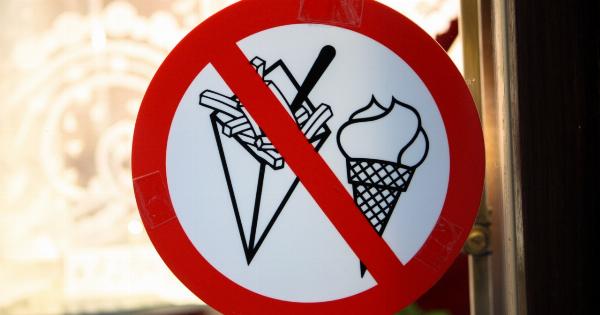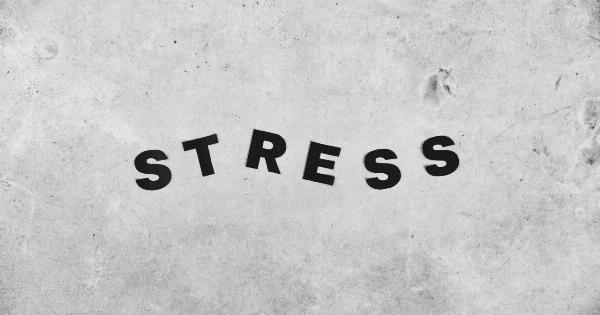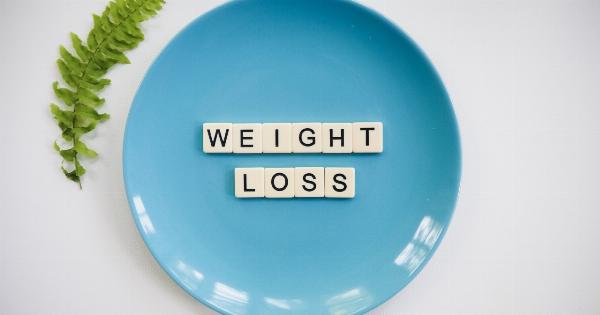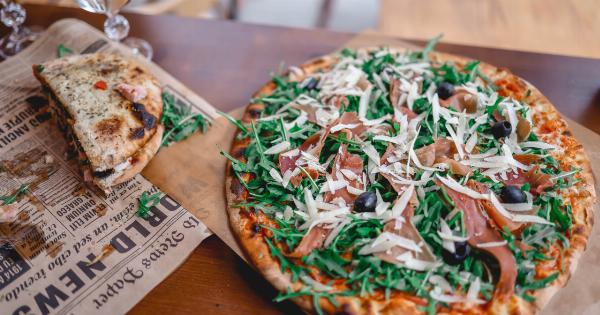Pasta is a delicious and versatile food that is loved by people of all ages. It is also a great source of carbohydrates, which are essential for providing energy to our bodies.
However, pasta is often criticized for its high calorie count and its potential to lead to weight gain.
So, how much pasta can you eat for 2,000 calories? The answer depends on several factors, including the type of pasta you choose, the serving size, and the sauce or toppings you add to it. Let’s dive in and take a closer look.
The Caloric Content of Pasta
The caloric content of pasta is determined by the type of flour it is made from and the portion size.
A 2-ounce serving of dry pasta contains approximately 200 calories, while 1 cup of cooked pasta has around 220-250 calories, depending on the type of pasta.
If you are on a 2,000-calorie diet, you can safely consume 10 ounces of dry pasta or 9 cups of cooked pasta per day, which translates to a little more than one serving of pasta per meal.
Types of Pasta
There are many different types of pasta available, including spaghetti, fettuccine, linguine, penne, and macaroni. The calorie count of each type of pasta can vary, depending on its shape, size, and ingredients.
For example, a cup of cooked spaghetti contains around 220 calories, while a cup of cooked macaroni has approximately 190 calories. Whole wheat and gluten-free pastas tend to have slightly fewer calories per serving than traditional pasta.
Serving Sizes
Another important factor to consider when calculating the number of calories in your pasta dish is the serving size. Many people tend to overestimate the amount of pasta they need, which can lead to consuming more calories than necessary.
A standard serving of pasta is 2 ounces of dry pasta or 1 cup of cooked pasta. This amount of pasta is enough to provide you with the necessary energy without exceeding your daily calorie intake.
Sauces and Toppings
The type of sauce or toppings you add to your pasta can also impact the number of calories in your meal. Cream-based sauces, such as Alfredo, tend to be higher in calories than tomato-based sauces, such as marinara or tomato sauce.
Adding cheese, meatballs, sausage, or other high-fat toppings to your pasta can also significantly increase the calorie count of your meal.
To keep your pasta dish healthy and within your daily calorie allowance, try adding vegetables, lean proteins, or herbs and spices instead.
Conclusion
Pasta can be a healthy and satisfying meal when consumed in moderation and with the right ingredients.
A 2,000-calorie diet allows for about one serving of pasta per meal, which can be adjusted based on the type of pasta, portion size, and toppings you choose.
Remember to balance your pasta intake with other healthy foods, such as vegetables, fruits, lean proteins, and whole grains, to ensure that you are getting all of the nutrients your body needs.
